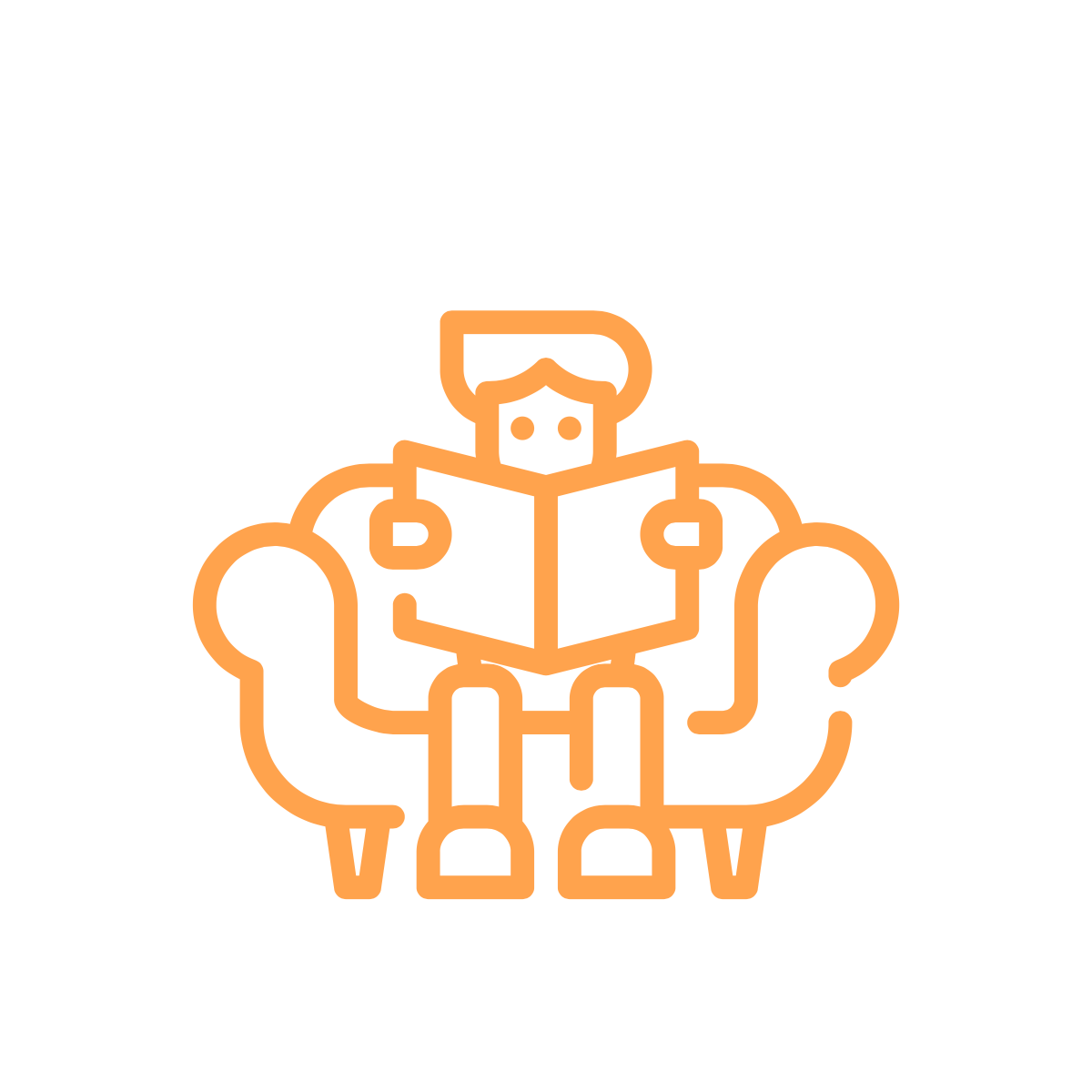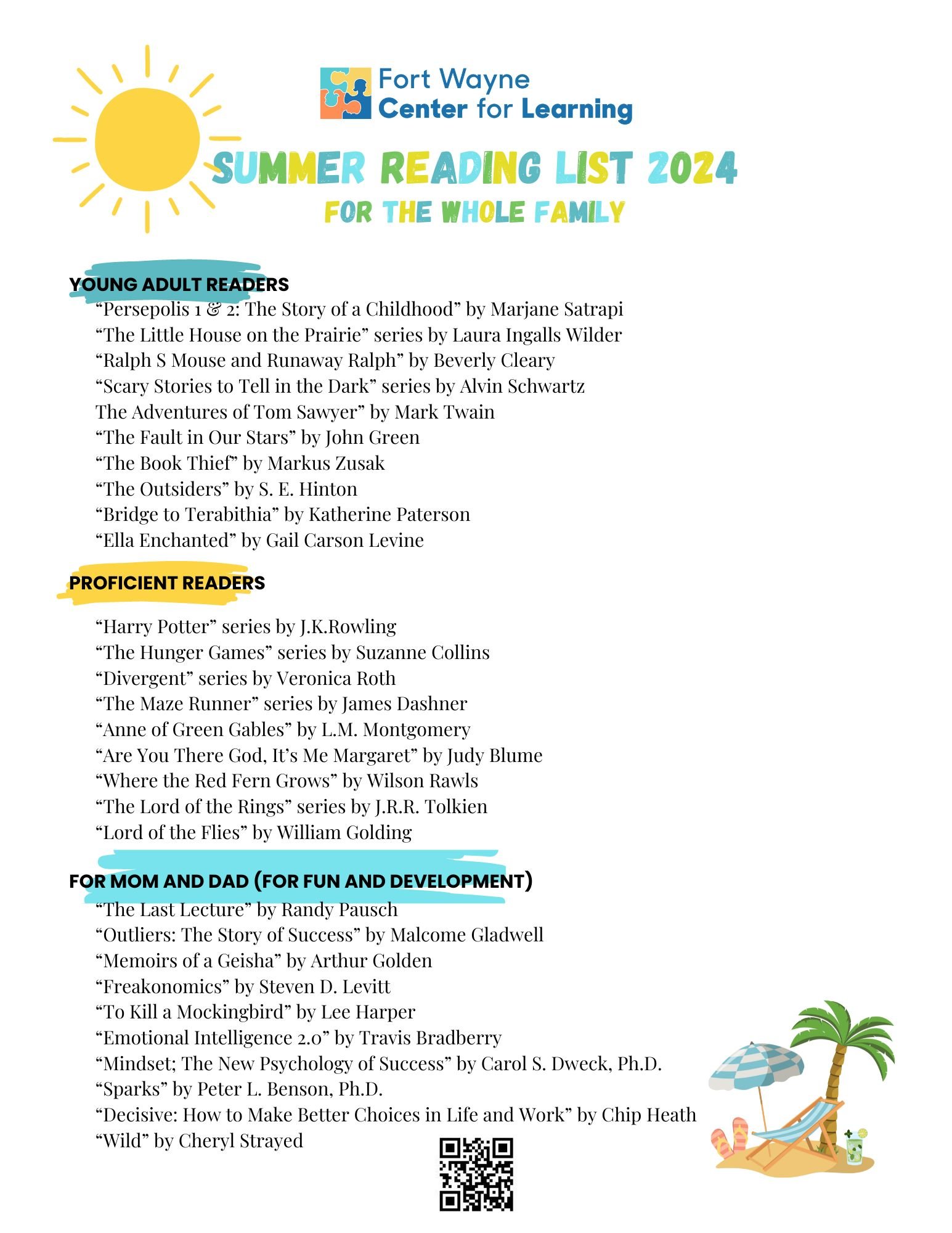
Recommended Reading
Books and articles recommended by our staff and instructors to help better understand your child’s unique needs and how to best support them
12 Principles for Raising a Child with ADHD
By Russell A. Barkley, PhD
This book gives a thorough explanation of Executive Functions as the brain develops, how ADHD changes that development & the resulting behaviors, and what parents can do to support their child.
Mindset
By Carol S. Dweck, Ph.D
Rather than focusing on intelligence, Dweck explains that it’s our mindset, or how we approach tasks, that can create a basis for success. More than that, she discusses how our mindset (fixed or growth) affects our accomplishments with school, work, leadership, and relationships.
Sparks
By Peter L. Benson, Ph.D.
This is a guide to coaching teenagers to be the best that they can be. The more that we believe in their potential greatness, the easier it will be for them to believe it as well.
How Children Succeed
By Paul Tough
Paul Tough discusses how children are not simply “smart or not”. He focuses on what it takes to succeed, and what works (and doesn’t work) with supporting young people in the role of parent, mentor, teacher, and more.
Bright Kids Who Can’t Keep Up
By Ellen B. Braaten, Ph.D and Brian Willoughby, Ph.D
Braaten and Willoughby shine a light on this cognitive difficulty so that we can understand what slow processing is, how it affects kids, and how we can best support them. These kids need to be recognized because they are frustrated and confused, and so are their families. When intelligence does not match performance and other difficulties such as dyslexia are not the explanation, slow processing speed may be the culprit.
Spark
By John J. Ratey, MD
Ratey provides a fascinating read full of research, anecdotes, and actual kids making changes in their academic lives through physical activity. The stories here travel from school to school, providing glimpses of physical education teachers across the United States teaching P.E. in innovative ways that show fresh promise of connecting students’ bodies with their brains. Much of this information could be used at home, as well.











